A haven for wildlife
The West Beach and Short Cliff are within the Seaford Head Nature Reserve which is home to a number of rare grassland sites, chalk scrub and specialised chalk loving plants.
Cuckmere West Beach includes a vegetated shingle beach which is a nationally rare habitat
The warm climate makes this area ideal for many rare insects and butterflies.
This special spot is in The Seaford Head Nature Reserve and is home to many:
Insects - There are dragonflies, butterflies, moths, and unusual insects such as the Bloody-nosed Beetle and rare bees. The warm climate makes the area ideal for many butterflies, such as the Chalkhill Blue, Dark Green Fritillary, Marbled White, and Adonis Blue which feed on the Horseshoe Vetch.
Flowers - The chalk grassland has a host of rare and colourful flowers including orchids and especially the distinctive Green-Winged Orchid.
Mammals and reptiles - Badgers, foxes and bats come out at dusk. Rabbits are seen everywhere all day. Adders and The Common Lizard are sometimes seen basking in the summer sun.
Sea Life - Within the shallow waters and the deeper gullies at low tide live crab, lobster, Blue Mussels, Native Oyster and the rare Short-Snouted Seahorse.
Birds - Over 200 species of bird have been recorded on the Nature Reserve many of which breed in the area. The skylark's song can be heard in these downs and the Kestrel hunting. The Cuckmere River is valuable to migrant birds such as the Redstart and Ringed Ouzel. You may see Little Egrets and flocks of Wigeon and Lapwing.
The lower reaches of the Cuckmere to its mouth by the Seven Sisters is a magical spot for bird watching.
Where else in England could one see a spoonbill and a kingfisher by the same stretch of river?
Walk the last two miles down the river bank and it is not difficult to record over 40 species of bird particularly in the winter when wintering migrants find their way to the water meadows and the sea.
The air is liquid with the sound of oystercatchers and redshanks, curlews and whimbrels.
Adam Ford
“over 200 species of birds recorded..”







